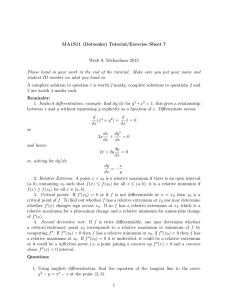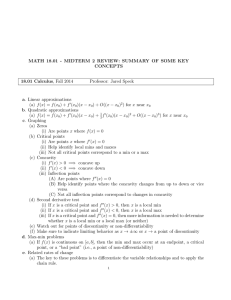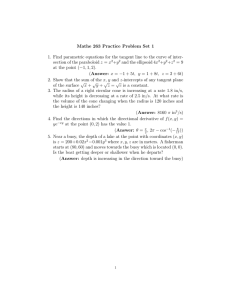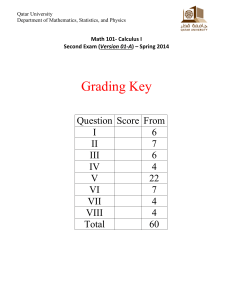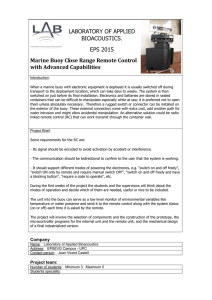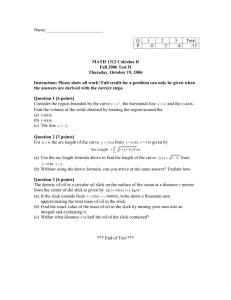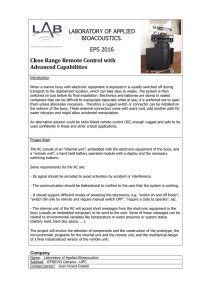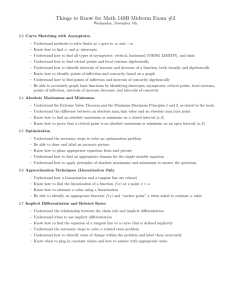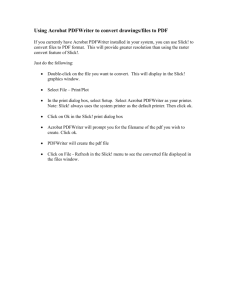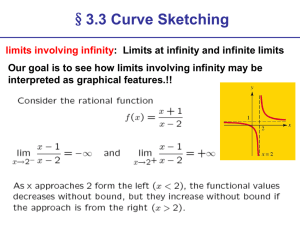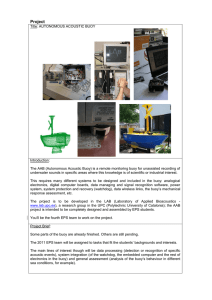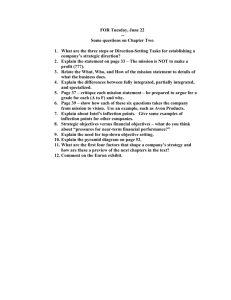Review- Applications of Differentiation Test- REVISED
advertisement
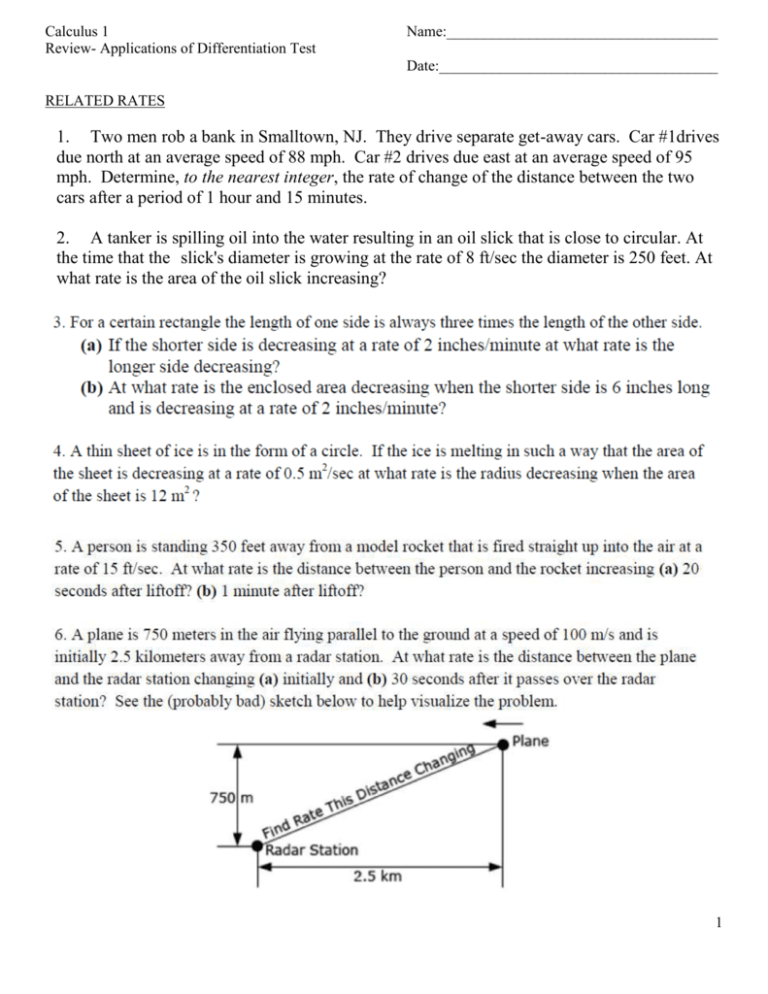
Calculus 1 Review- Applications of Differentiation Test Name:____________________________________ Date:_____________________________________ RELATED RATES 1. Two men rob a bank in Smalltown, NJ. They drive separate get-away cars. Car #1drives due north at an average speed of 88 mph. Car #2 drives due east at an average speed of 95 mph. Determine, to the nearest integer, the rate of change of the distance between the two cars after a period of 1 hour and 15 minutes. 2. A tanker is spilling oil into the water resulting in an oil slick that is close to circular. At the time that the slick's diameter is growing at the rate of 8 ft/sec the diameter is 250 feet. At what rate is the area of the oil slick increasing? 1 12. Two boats are approaching a buoy along paths that make a 90 degree angle. The first boat is 160 feet from the buoy and is traveling at a rate of 30 feet per second. The second boat is 135 feet from the buoy and is traveling at a rate of 35 feet per second. Find the rate of change of the distance between the boats. 2 OPTIMIZATION 13. What is the smallest perimeter possible for a rectangle whose area is to be 40 square meters? 14. You are planning to make an open rectangular box from a 24-inch by 36-inch piece of cardboard by cutting congruent squares from the corners and folding up the sides. (a) What are the dimensions of the box of largest volume that you can make this way? (b) What is its volume? 15. Suppose the revenue, in dollars, for producing x skateboards is given by r(x) = 120x and the cost to produce the skateboards is given by c( x) 0.0002 x 3 0.4 x 2 70 x 4000 . Find the production level (to the nearest skateboard) that will maximize profit. 16. Given: f ( x) 4 x 3 12 x 2 , complete the table below and draw the appropriate conclusions. Specifically, determine the: a. Relative extrema. b. Inflection points. c. Region(s) of concavity. x’s f’(x) f”(x) Conclusions 17. Given: f ( x) 2( x 2 9) , complete the table below and draw the appropriate conclusions. Specifically, x2 4 determine the: a. Relative extrema. b. Inflection points. c. Region(s) of concavity. x’s f’(x) f”(x) Conclusions 3
